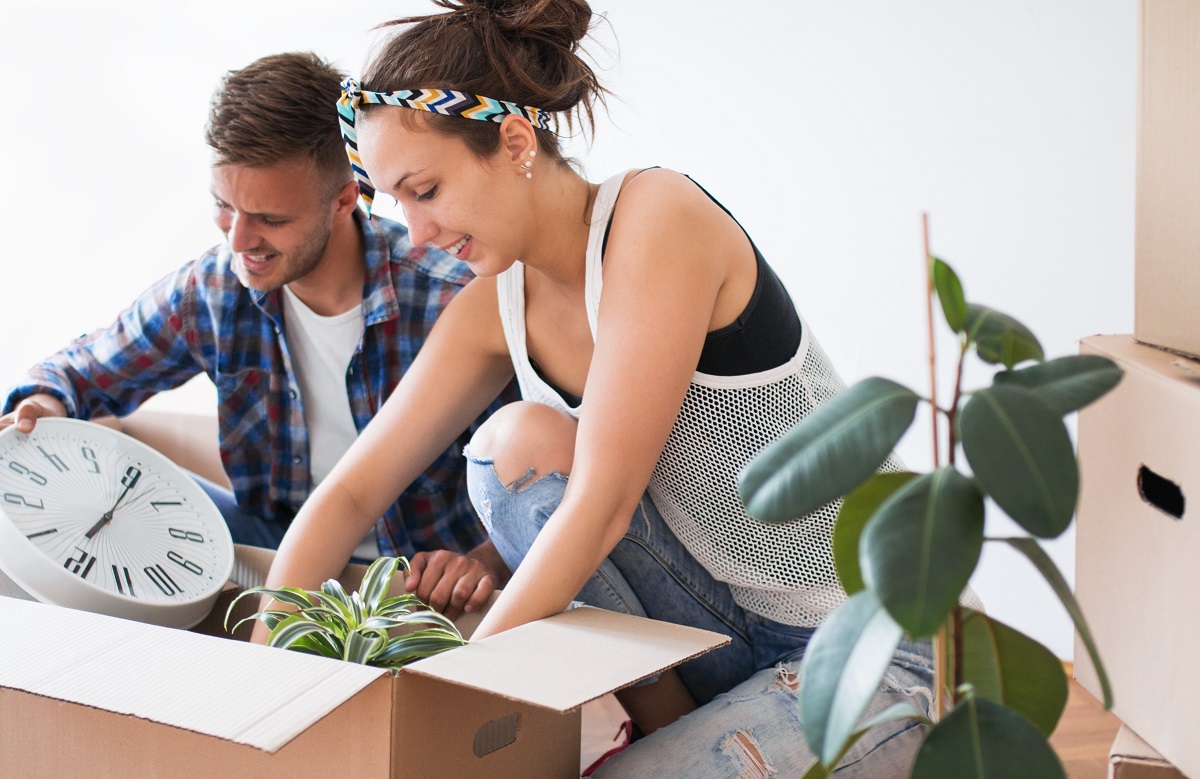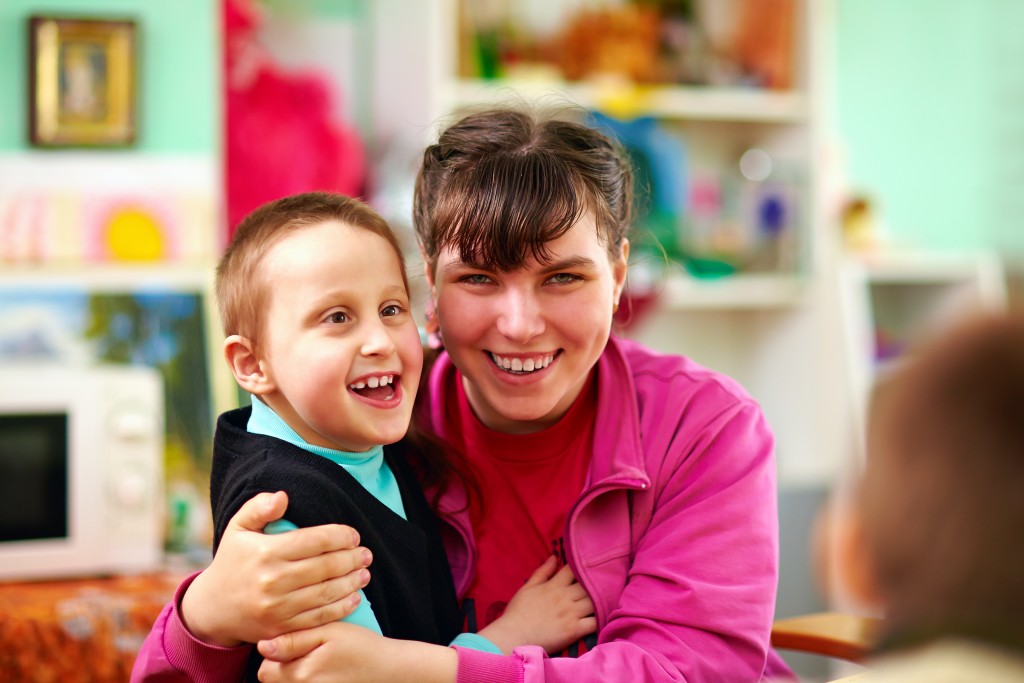In the eyes of your children, your home is one big playground to run around and play in. Unfortunately, this makes them more vulnerable to accidents and injuries. This is especially true for children with disabilities who might not be fully aware of the dangers that are present in your home. This is why it’s crucial to be hyper-vigilant when it comes to prioritising home safety. Here are the best tips for keeping your children with disabilities safe within your home, allowing them to thrive and flourish.
Childproof your stairs
Stairs are dangerous not just to children, but to adults too. The best way to keep your loved ones safe on your stairs is by installing either steel balustrade systems or double railings. This will not only prevent your children from falling off the stairs, but it also provides more support for them to hold on to when climbing up or down. Additionally, you should install anti-slip covers on each step of your staircase as well as installing adequate lighting throughout your stairwell.
Safeguard your gas stove valves
Gas stoves are highly flammable, which makes them an incredibly dangerous fire hazard. This is especially so if your children get a hold of the valves that turn it on. Make sure to keep them safe by outfitting your gas stove knobs with safety covers which make them difficult to turn on. It also helps to install durable carbon monoxide monitors and fire alarms around your house.
Install grab bars in the bathroom
Slippery bathroom tiles and surfaces can be a serious falling hazard for children, especially those with mobility issues. Installing grab bars in and around your shower or tub is a great way to keep them safe. It also provides them with an easy way to get in and out of them. For added security, you should also lay down non-slip mats on the floor.
Install heavy-duty locks on medicine cabinets
Ingesting medicine incorrectly can be deadly for children. It’s essential to keep any medications safely stored away in medicine cabinets that have heavy-duty locks on them. Furthermore, you should keep frequently used objects like toothbrushes in easy-to-reach places so that your children don’t have to stand on stepping stools to access them.
Opt for plastic plant decorations

Plants and flowers are great ways to decorate your home, but they could be toxic if ingested by your children. As much as possible, research any plants and flowers that you bring into your home to make sure they aren’t toxic. The safest thing to do is to opt for plastic plants and flowers instead.
Provide lots of storage solutions
Clutter is one of the most common causes of slips and falls. Providing lots of storage solutions ensures that you can keep your house free from any mess that could be a tripping hazard. The easier it is to set aside your mess, the safer your home can be for your child. Tripping hazards like loose rugs and extension cords should also be properly stowed away, as well.
Children with disabilities deserve to live a happy and easy life at home. Keep them safe while they have fun with these practical home safety tips.

